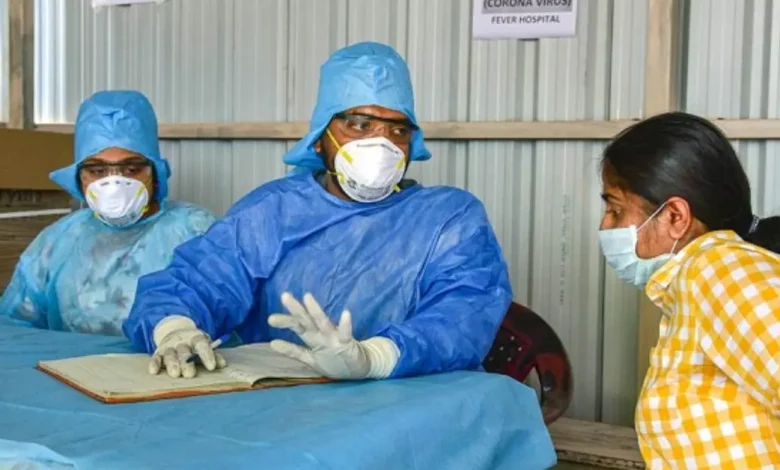Daily Current Affairs for UPSC
Review of the Epidemic Diseases Act, 1897
Syllabus- Governance (GS Paper-2)

Context- The 22nd Law Commission of India has handed over its Report No. 286 titled “A Comprehensive Review of the Epidemic Diseases Act, 1897″ to the Government of India.
About
- It become formulated pre-independence specifically to control plague
- It offers for prevention of the unfolding of “dangerous epidemic diseases.
- Section 2 includes special measures to be taken by using the Centre to “prescribe guidelines as to dangerous epidemic disease.”
- It additionally consists of the detention of people or any vessel that come from international shores and are seen potent to spread the epidemic in the country.
- Section 3 of the Act states: “Any man or woman disobeying any law or order made under this Act will be deemed to have committed an offence punishable under segment 188 of the Indian Penal Code (45 of 1860).
- According to Section 4 of the act, no suit or other legal proceedings shall lie against any person for anything done in good faith under the act.
Highlights of Law Commission report
- The present legislation does no longer comprehensively cope with the concerns pertaining to the containment and control of future epidemics within the united states of america as new infectious diseases or novel traces of existing pathogens may additionally emerge.
- Recommendations: It encouraged creation of an Epidemic Plan and Standard Operation Procedure to cope with future epidemics
- The Epidemic Plan must encompass provisions on quarantine, isolation, and lockdowns, at the same time as ensuring that the measures are applied pretty, without violating the fundamental rights of citizens.
- SOP : To put in force this Epidemic Plan without resulting in conflicts between states and the Central authorities, the report shows the creation of a Standard Operating Procedure (SOP) with a purpose to “make certain proper and coordinated reaction to any epidemic with pre-described powers and roles in case of a public health emergency”.
- The SOP defines three tiers of the unfolding of infectious diseases in addition to the responses at every level.
- At the primary stage, “Outbreaks inside the State”, the document recommends giving states the strength to take “enough measures” which can be consistent with the Epidemic Plan.
- At the second stage, “Inter-State Spread of Epidemic Diseases/Pandemic”, the report suggests that the Central government should have the power to set border rules on the basis of the Epidemic Plan, and states need to act in accordance with these guidelines.
- For the third stage, “Extreme Threat from Infectious Diseases”, the recommendations are much like those provided for the second level.
Source: Indian Express





.png)



